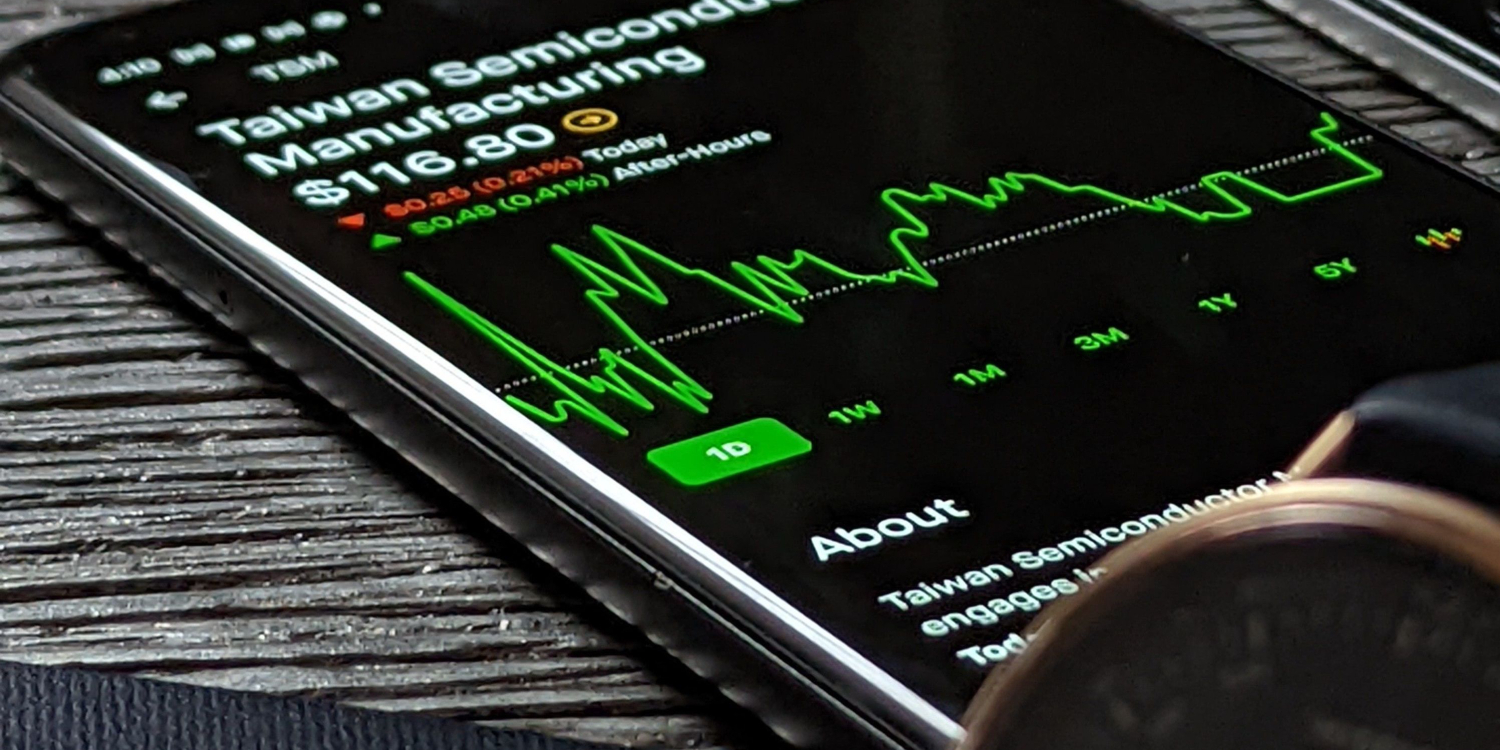SMC trading strategy explained for beginners

SMC or smart money concept is a complex trading strategy that has become popular lately due to its potential to generate considerable profits. However, this has been a trend in social media and many traders have been showing amazing results without real proof behind it. However, when checking actual trading performance, SMC beats retail strategies, making it very interesting to find out how it works and how to apply it to your Forex trading successfully. Let’s explain SMC’s strategy in all its details and outline critical steps to deploy it successfully together with pro tips and case studies.
What is SMC trading and why it beats retail strategies?
Smart Money Concepts or SMC in short is a trading strategy that tries to copy the way banks and large institutions trade on financial markets. Retail traders often lose money by chasing trends, while “smart money” tends to become a creator of these trends. For example, hedge funds dumped tech stocks in 2023 while many retail traders opened opposite positions and tried to buy the dip. As you would already guess, institutional investors made money while retailers lost lots of money as a result. To become successful in financial trading, retail traders should mimic the way more experienced traders with large amounts of money tend to analyze and trade the markets. Institutions never chase trends, they instead try to find liquidity to get into markets and they extensively use important price levels. Let’s outline the core concepts of SMC below.
Core principles of SMC
SMC strategy heavily relies on the following three ideas, which we can also call the main ideas of SMC.
Liquidity hunting
Intuitions lure retail traders into traps of fake breakouts. Large institutional traders often push prices into zones where retail traders tend to set their stop-loss orders. By making a fake breakout, smart money can trigger these stops, “hunting” for liquidity. When the stops get triggered the market moves sharply in reverse creating a trap that forces retail traders to exit their positions and leaving the liquidity for the institutions to build or exit their trades at the best price.
Order flow
Large traders leave a mark on the market through volume and price movements. Their large orders create unusual price spikes or gaps which can signal buy or sell. By closely watching for these patterns, traders can see where institutions are stepping in to detect where the price is moving. Traders can also anticipate where the smart money will get involved in the market by analyzing order flow or price.
Market structure shifts
According to SMC’s 3rd concept, breakouts that seem to start a new trend can quickly reverse if they are set up to trigger stop-loss orders by smart money. These shifts usually occur when price breaks key levels only to snap back as large institutions collect liquidity. Traders try to recognize these shifts to avoid false signals and align their trading positions with the actual market’s intended move.
Key Rules – Trade with Smart Money!
The main principles of SMC are pretty simple:
Follow the situations and never wage war against them!
They have bigger pockets, better data, and much better strategies developed by employed full-time working professional teams. Traders can make money by following the moves of large institutions and increase their odds greatly when catching true trends instead of falling into smart money traps.
A Step-by-step SMC strategy
After understanding the 3 key principles of SMC trading strategy let’s now outline the exact steps to always align your trading positions with smart money.
Step 1. Identify liquidity zones
The first step is pretty simple, you have to find key support and resistance levels, where retail traders are most likely to set their stop-loss orders. These stops are typically just above or below important support and resistance levels which are easy to see on the chart. Look for levels where prices tend to vary several times, fail to break out, and reverse. You would also set your stop loss level on that place, wouldn’t you?! These areas will often attract a large concentration of orders and serve as liquidity pools targeted by institutions to step in.
Step 2. Wait for intuitions to take the first steps
This is the step where you wait for institutional absorption. Watch for a quick price wick (candlestick shadow) into these zones. These brief moves signal that smart money or institutions are triggering stop orders of retail traders, absorbing available liquidity in the process. If the price reverses soon after it will confirm that smart money has stepped into the game.
Step 3. Enter on mitigation
The 3rd and logical step is to step in when the price spikes to show a false breakout, and trigger a sea of stop orders only to reverse shortly after. For example, if the price of EUR/USD spikes above 1.1000, triggering a liquidity grab, and then falls back to 1.0950, it suggests that smart money is most likely to cause a reversal very soon. In this case, entering a short position at 1.0950 is a smart move as the liquidity grab has already happened and the price is likely to continue lower. Exit only when your risk-reward conditions are met or the price approaches the next key level.
Key tools to spot smart money whereabouts
Traders can use tools instead of just eyes to spot smart money tricks and ensure correct entry points on the price chart.
Footprint charts
These are specifically designed charts that display buy and sell orders at each price level to help retail traders spot where significant transactions have occurred. While these charts help you identify where situations are active, they are useless in Forex trading and can only be used in stocks, commodities, and cryptos.
Volume profile
This is an interesting and useful tool that shows the distribution of trading volume across different price levels. High-volume nodes can reveal areas of institutional interest where large orders might get executed.
Market depth
Market depth is a robust tool that is built into many advanced platforms that display pending orders in the order book. Traders have to use this tool cautiously as sometimes the data might be delayed. However, it is still a very robust tool and by learning and mastering how it works, traders can see potential traps easily.
Alternatives
There are many alternatives to access advanced tools and one such is the TradingView platform, which has hundreds of different volume indicators including “Volume by Price” that offers great flexibility, highlighting volume price zones to signal potential smart money activities.
TradingView’s volume profile enables traders to spot high-volume zones on the chart, which are often the zones where institutions might get involved.
SMC price action rules
There are several concepts and terms related to the SMC trading method and we need to explain each one of them.
Break of Structure (BOS)
If you have heard or seen anything about SMC strategy you would also hear about BOS, which simply means a break of structure. This rule happens when the price hits a new high or low and then quickly reverses its direction. The main signal of this rule is that the current trend may be weakening and a reversal could be in play. It is an important event that SMC traders look at closely.
Liquidity Grab
A sharp spike occurs at the important zones and triggers stop-loss orders in areas crowded by retail traders. This move is called liquidity grab as it “grabs” liquidity and allows institutions to enter positions at better prices.
Mitigation
After the liquidity grab the price retraces back to the breakout level which is a mitigation level. Mitigation is where institutions have absorbed retail liquidity. This should be your signal for entries.
Chart Example
Here is a scenario for chart analysis:
- Price breaks above resistance
- It then spikes 20 pips higher (liquidity grab occurs)
- The price drops back below resistance – this should be a short signal
By following these rules, you ensure to align your trades with institutional moves which increases your chance of successful trading.
Best markets to use SMC strategy
You might wonder: which are the most suited markets to deploy the SMC trading method? Forex and crypto are by far the most suitable for SMC trading methods as both are similar in a way that they are not centralized.
Forex
Forex markets are often used for SMC trading strategies as this market offers high liquidity and a clear institutional footprint. The trading activity is high and makes it easier to spot smart money movements and liquidity grabs.
Crypto
Cryptos are known for large price swings and frequent liquidity traps. The high volatility of crypto markets offers many SMC opportunities and makes it easier to spot liquidity traps. However, traders have to be extremely cautious with crypto markets because of extreme volatility.
Avoid!
Illiquid penny stocks. They have low trading volume and provide inconsistent order flow which leads to frequent unreliable signals and false breakouts.
Common SMC mistakes
Beginner SMC traders often make the following mistakes of chasing every single liquidity spike and ignoring higher time frames. By avoiding these common mistakes, traders can increase their chances of success and trade with higher accuracy.
Chasing liquidity spikes
Do not jump into trades immediately after a spike. The best approach is to wait for the mitigation phase when the price retraces and confirms the reversal. Rushing in will trap you in false signals.
Ignoring higher time frames
Try not to focus solely on short-term price charts. This is not to miss the bigger picture. Daily and weekly charts often reveal where institutions might want to go next and main market trends are critical for smart SMC trading.
Overcomplicating
SMC strategy is complex enough by itself and adding more indicators and methods can make it super complex. Ensure to stick with basic SMC concepts of several rules. A clear and focused approach is always desirable when trying to make profits in financial markets no matter the strategy.
Trading psychology
Trading psychology is a crucial part of financial trading no matter what strategy you are using. It is critical to maintain patience and discipline when executing SMC trading strategies.
Patience
Since traders have to wait for the price to spike and then liquidity grab and only then should try to find entries, patience is key. Generally, any financial trading strategy requires patience to pick only the viable setups. Jumping into trades in a hurry not to miss a good opportunity is the biggest mistake made by beginners.
Discipline
Discipline in trading means sticking to your trade strategy and its rules. Only enter positions when all your SMC conditions are met. A disciplined approach is what enables professional traders to be consistently profitable.
Detachment
Try to detach yourself from trading results and emotions. Do not focus on any one single trade as you never know what outcome to expect. Even with strategies that offer high win rates, you can not certainly know how the next trade will end, in profits or losses. Keep your emotions in check and avoid impulsive and risky decisions.
Case studies
Let’s consider simulated cases of SMC strategy setups.
Bitcoin liquidity grab
Bitcoin spikes to 100k and enters into a liquidity zone where retail stop-losses are clustered. Then it sharply drops back and falls to 89k.
Traders might short the mitigation point to mimic how institutional traders profit by triggering stop-loss orders and capturing the following price movement.
Nasdaq fakeout
The NASDAQ index broke through 16,000 levels and created an impression of an upward breakout but quickly reversed to 15,600. Smart money capitalized on this fakeout by entering trades in the reversal while retail traders were caught off guard and lost money.
These cases are simulations to illustrate how smart money uses liquidity grabs and fake breakouts to create high-probability trade setups. These cases once again show how important it is to be patient and wait for perfect SMC setups.
SMC vs Retail trading – A direct comparison
Let’s now compare the two methods of trading and see what are clear differences and how we can employ SMC in our trading.
| SMC traders | Retail traders | |
| Focus | Order flow and liquidity | Indicators and news |
| Entries | After liquidity grabs | During breakouts |
| Win rate | Generally beyond 50% (sometimes even 60-70%) | Very low (30-40%) |
FAQs on SMC trading strategy explained for beginners
Can I use SMC for day trading?
Yes. Traders can use SMC on 15-minute or 1-hour charts to open and close trades within one trading day and avoid overnight fees.
Is SMC just ICT’s strategy?
No, ICT popularized the strategy but the concepts are as old as floor traders.
Do I need expensive tools to trade with SMC strategy?
No, there are hundreds of free indicators and tools to analyze volume for free and increase SMC accuracy.





















Comments (0 comment(s))